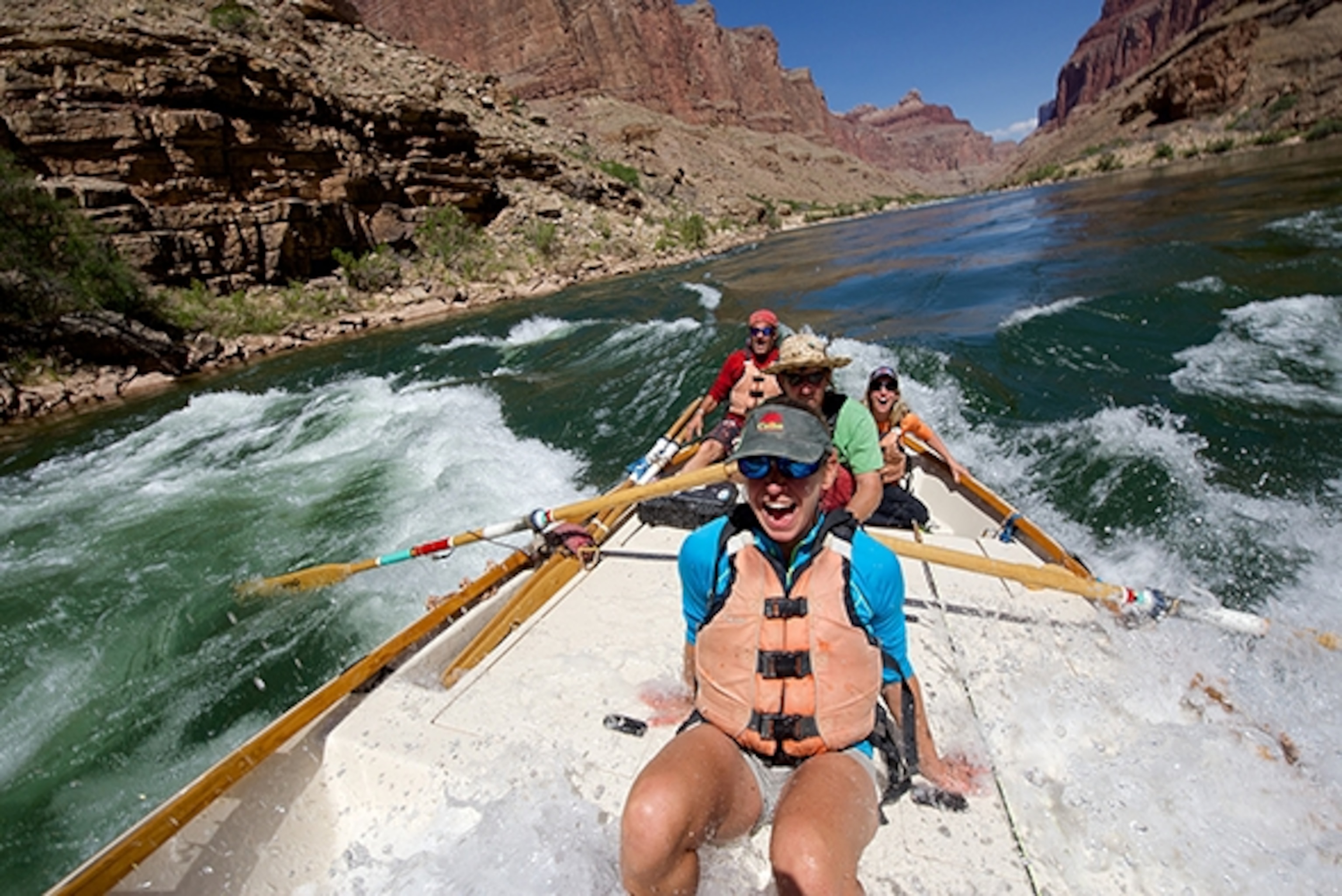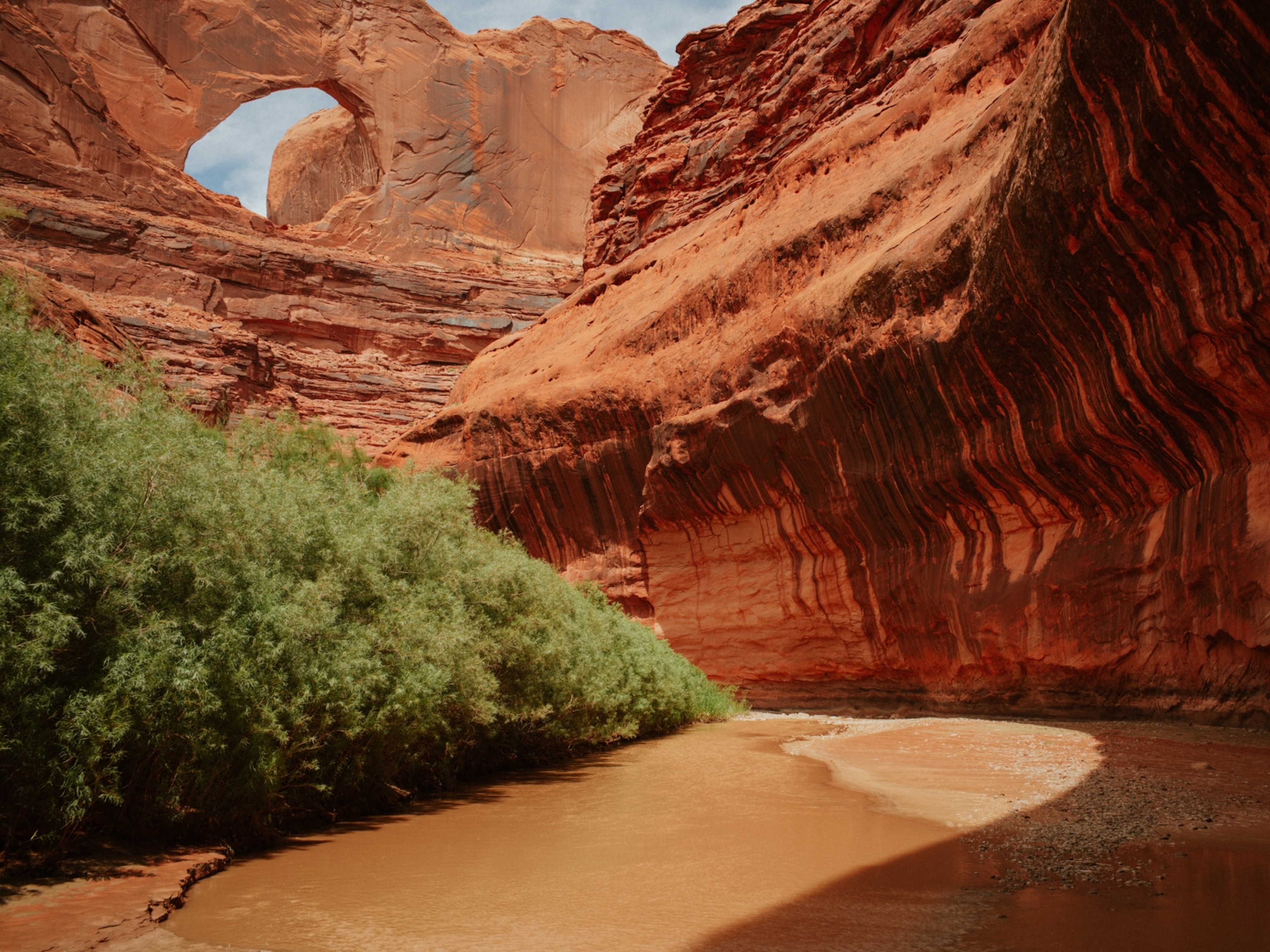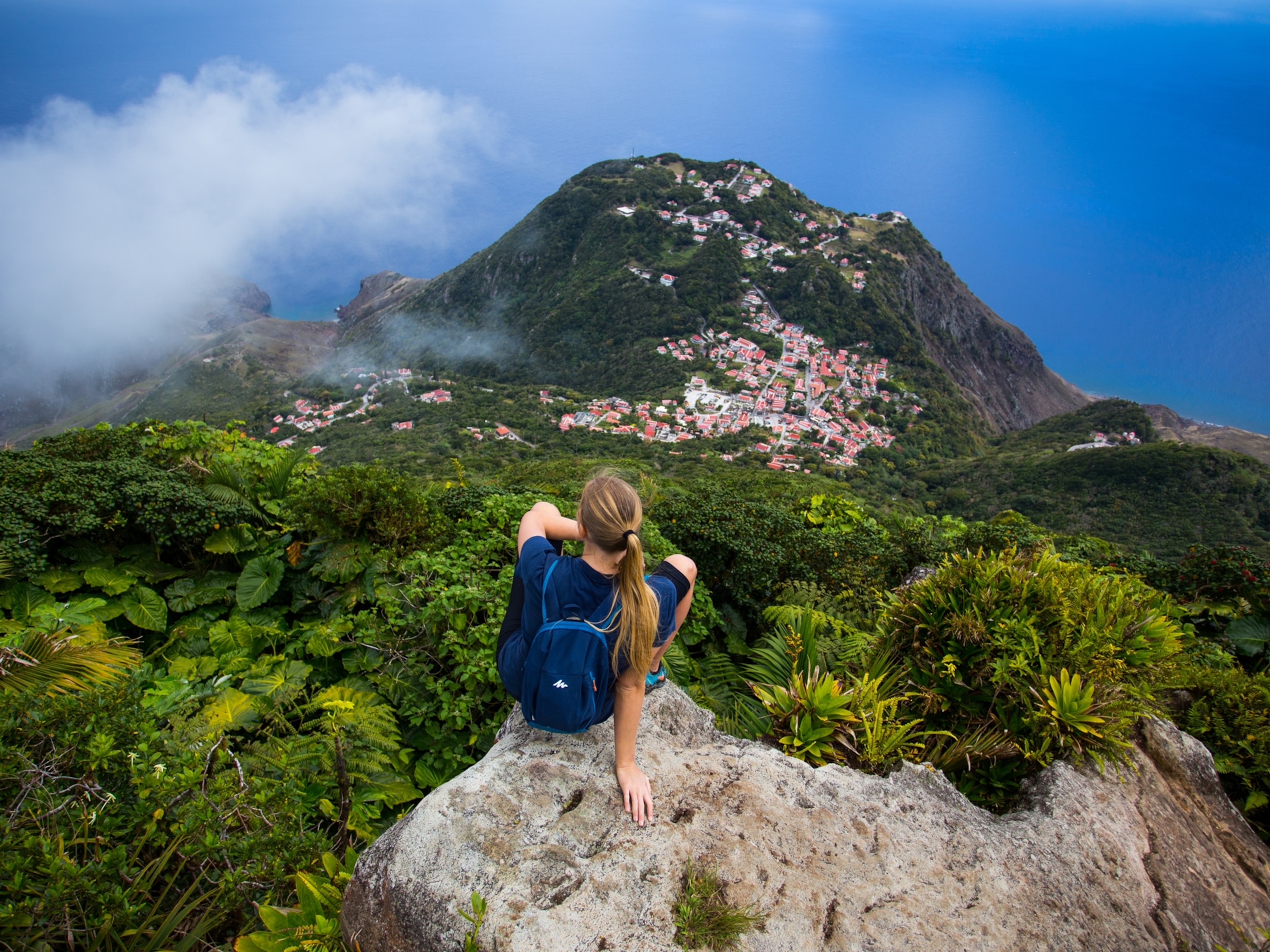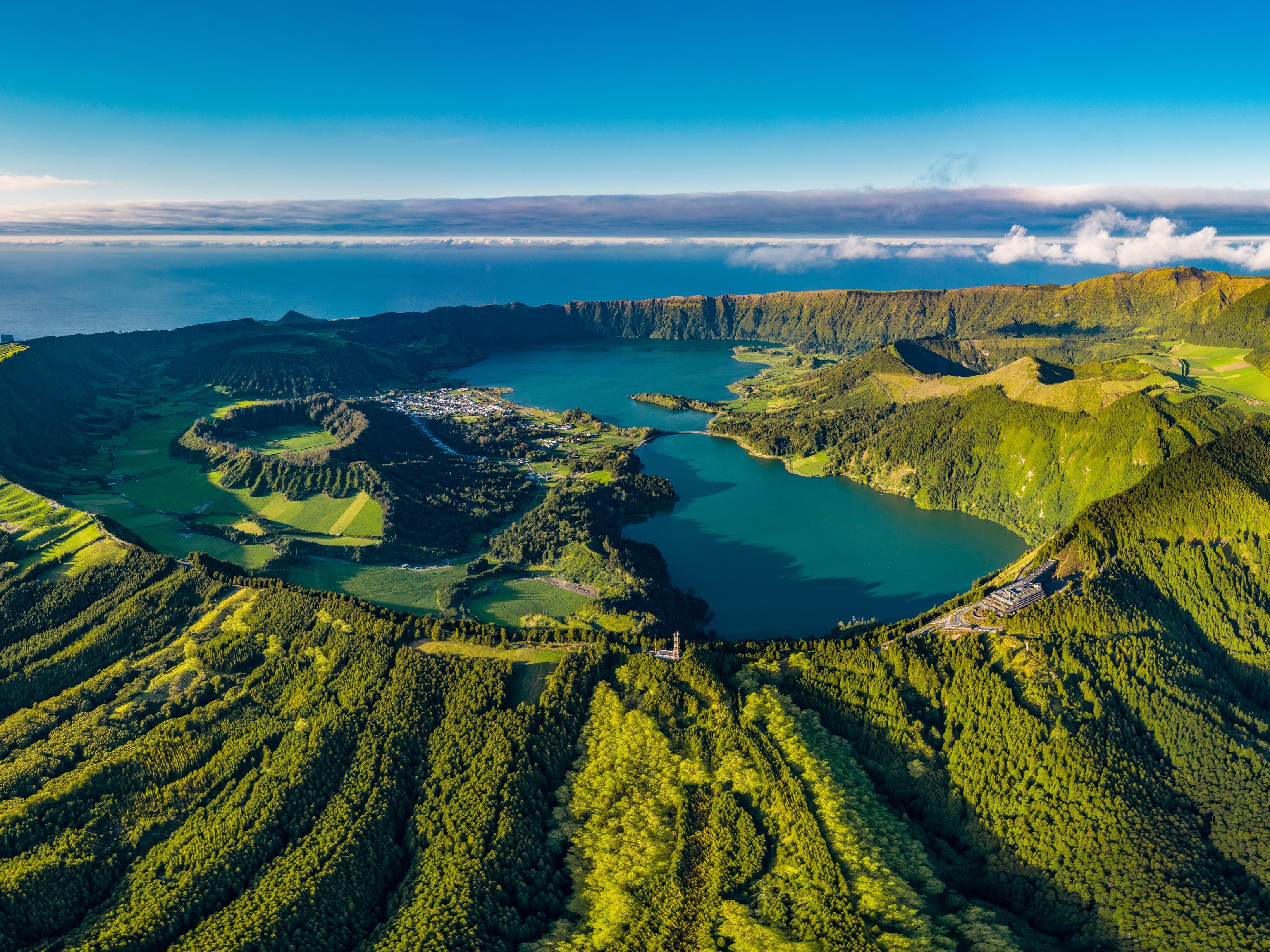
Adventure 101: Rafting the Grand Canyon
Flowing 1,450 miles through the American West and northwest Mexico before ending at the Gulf of California, the Colorado River is the Southwest’s principal waterway. Its most scenic stretch cuts through—and helped shape—the Grand Canyon.
> Running the River:
Numerous outfitters guide float trips through Grand Canyon National Park. National Geographic Traveler writer and photographer Pete McBride went with O.A.R.S., one of the first outfitters granted a license to operate trips on this stretch of the river.
Other concessionaires include Arizona River Runners, Grand Canyon Expeditions, and Grand Canyon Discovery.
For a full list of river outfitters, see the park’s website.
> What to Know:
River trips run from April through October. Boaters in spring and fall should prepare for variable weather, with snow and high winds possible; temperatures range from the 50s into the 80s F.
Summers bring an increase in temperatures—105 degrees F in the canyon isn’t uncommon—and in recreational vessels, which can mean sharing space.
River runners interested in extending a visit should consider staying at one of the six lodges in the park, including the circa 1905 El Tovar,El Tovar, on the canyon’s South Rim.
> Park Attractions:
The Grand Canyon’s North and South Rims, which include visitors centers, eateries, and lodging, serve as the gateways to many of the park’s sites.
Highlights include hikes of the easy Rim Trails; more challenging hikes that descend from the rims toward the canyon floor on such trails as Bright Angel, South Kaibab,South Kaibab, and North Kaibab; and popular mule rides along both rims or into the canyon (reservations recommended).
Two museums—the Yavapai Museum of Geology and the Tusayan Museum—illuminate the canyon’s complex geology and its Pueblo Indian history. Just outside the Tusayan Museum you’ll find the Tusayan Ruin, an 800-year-old remnant of an ancestral Pueblo settlement.
> What to Read:
- The Emerald Mile: The Epic Story of the Fastest Ride in History Through the Heart of the Grand Canyon, by Kevin Fedarko (2013), recounts the fastest boat journey down the Colorado River, by three men in 1983 during extraordinary flood conditions.
- Beyond the Hundredth Meridian: John Wesley Powell and the Second Opening of the West, by historian and novelist Wallace Stegner (1954), focuses on Powell’s challenging expeditions and scientific work in the West.
- Read Powell’s account of the first ever river expedition through the Grand Canyon in The Exploration of the Colorado River and Its Canyons, issued as a Penguin Classic in 2003.
> How to Document Your Trip:
“Running a rapid, with waves smashing your boat, offers great action shots,” says author/photographer Pete McBride. But they can be difficult to achieve with a camera in waterproof housing, which is heavy and needs at least one hand to operate.
Instead, McBride opted for a more versatile GoPro, which he mounted on the bow of his raft and set to take shots in bursts or on a timer in order to capture the moment.
- National Geographic Expeditions
“The beauty of an action camera is its portability, small size, and range of mounts and brackets, which let a photographer try new angles and perspectives,” says McBride, whose latest project is a film on Martin Litton, the late conservationist who helped keep dams out of the Grand Canyon and founded Grand Canyon Dories.
> Travel Trivia:
- Grand Canyon National Park is home to five of the seven life zones of North America, comparable to traveling from Canada to Mexico.
- An estimated one thousand cave formations honeycomb the Grand Canyon.
- The 89 mammal species in the park include the Kaibab squirrel, whose only habitat is the Kaibab Plateau. Also native: the short-horned lizard, which squirts blood from its eyes if threatened.
This piece was written to accompany a feature story by Pete McBride that appeared in the August/September 2015 issue of Traveler magazine. Pete directed the award-winning Colorado River film Delta Dawn. Follow Pete on Twitter and Instagram.
>You Might Also Like:
- River Dance: Rafting the Grand Canyon
- Photo Gallery: Rafting the Grand Canyon
- Meet the Photographer: Pete McBride





